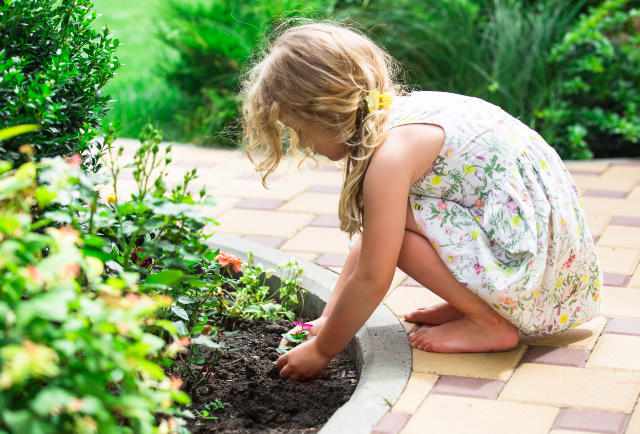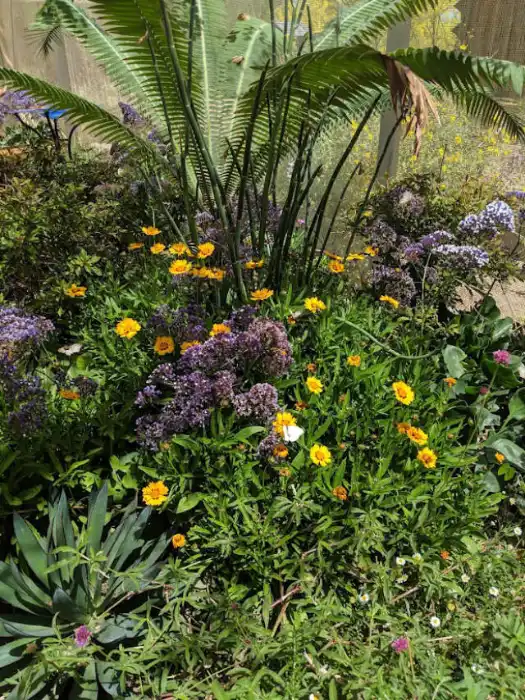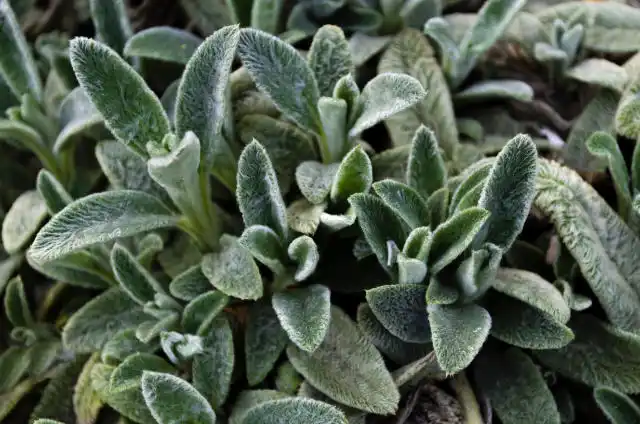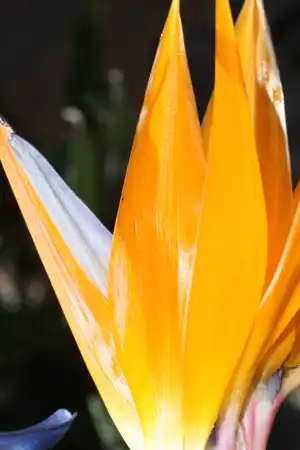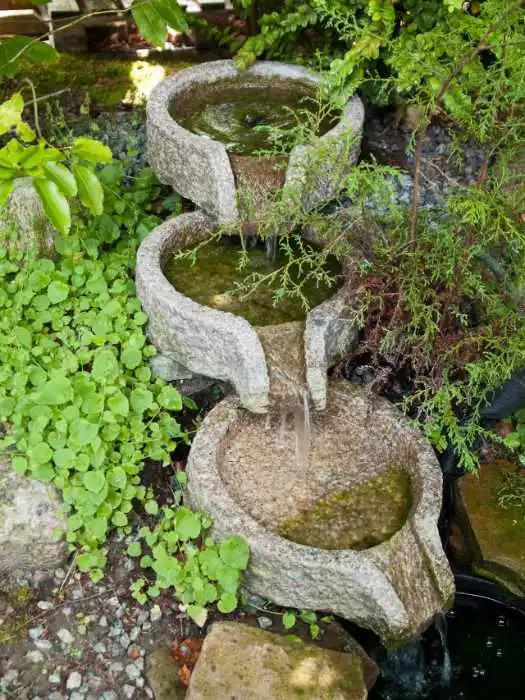Much like an artist, a gardener should have a basic overall plan before starting to plant. Your yard is like a canvas. It could be an empty canvas or it could already have some plantings.
Designing your garden is sometimes the most intimidating process in gardening, but don’t let it be.
This post may contain affiliate links. Please read Phoenix Gardening disclosure policies.
My favorite thing about gardening is that your garden is a creative process. You will inevitably change your mind, plants will die, you’ll move them or just decide they no longer work in your garden.
Since your garden will always be evolving there is no need to stress too much about the design, just remember some basic elements and you’ll be fine.
It is easy to underestimate how large your tiny tree will be in a few years. Sketching out your garden plan helps you visualize what your yard will look like in years to come. You don’t have to be an artist, just a simple sketch will help.
Backyard Garden Design Elements
The three basic design elements in garden design include:
By combining a pleasing combination of these elements you will create a beautiful garden.
Other elements to keep in mind include any hardscape in your yard which create some restrictions and define the layout of the garden area. Hardscapes would include pathways, block walls, and driveways.
Patios and swimming pools add another dimension to garden design and should be incorporated into your overall plan.
The next thing to consider is the architecture of your home. Your garden should try to complement the architecture of your home.
Phoenix, Arizona homes range from Mediterranean style, adobe style to ranch style homes.
Garden Form
The form or basic structure of your garden sets the tone. It is what a person first notices from a distance.
The lines of your garden are created whether you choose to have meandering beds of plants or circular beds, or horizontal or jagged beds there should be a plant or group of plants that create the focal point.
Usually this is a tree or a larger shrub. Every plant has a distinct growth-habit and define the spaces in the garden.
Visit a public botanical garden, like the Desert Botanical Garden or the Ro Ho En Japanese Friendship Garden in Phoenix.
Notice how the plants are laid out. In a straight bed you’ll often find taller plants towards the back and each row of the height of the plants get shorter.
Sometimes a garden path will be lined with shorter plants at the beginning and as you walk the plants will get taller and taller until you reach the end of the path which anchors a large tree.
You can get a better idea of form and textures while visiting public gardens. You’ll see how the elements that you choose have a huge bearing on the feeling you will experience when viewing your garden.
Texture
Texture is very closely related to form and sometimes the two are intertwined. If you look close you’ll see that all plants have a texture to them. Some leaves are pointy, some leaves are tiny, some are large and smooth, some like Lamb’s ear are soft to the touch.
Color
Color is the element most people are drawn to first. How you choose to combine colors in your garden will determine how visually appealing it is to you.
You can choose harmonious color plants, contrasting color or a wildflower look with a combination of colors.
Harmonious colors would be choosing various shades and tones of the same color and contrasting colors is taking two colors on the opposite spectrum of the color wheel, such as purple and yellow and combining them.
Looking at a color wheel can be helpful in deciding which color scheme you would like to go with.
Your garden will always be growing and with growth there is continual change. While a basic garden design is a great idea, there isn’t a gardener in the world that hasn’t purchased a plant on a whim. You see something pretty, purchase it and worry about where to put it as an after thought. I’m sure you’ll find a spot for it!
Adding Features
Water fountains, arbors, statues and trellis can provide visual interest in a garden but should be used sparingly. Too many features in one area and the eye doesn’t know what to look at any more.
The key is that your garden is the main focal point, adding features should enhance your garden’s appearance not the other way around.
Backyard garden design in Phoenix: Garden Styles
The low desert weather allows us to have versatile gardens. You can choose from many different garden styles or a combination of them.
Subtropical: Bougainvillea, Hibiscus, Bird of Paradise, Palms and Aloes create an exotic flair to your garden. Often used around pool areas for a lush tropical feel.
Mediterranean– Olive, Cypress, Citrus, Lavender and Rosemary create a Mediterranean feeling garden.
Desert Garden: Cactus, Aloe, Sage, Penstemon, The desert garden is always beautiful in Arizona and this style conserves water. It especially looks nice with a home in adobe style.
Cottage Garden: Roses, Cosmos, Butterfly Weed, Daisies, day lilies all of these often bring thoughts of a sweet cottage garden attracting butterflies and bunnies.
